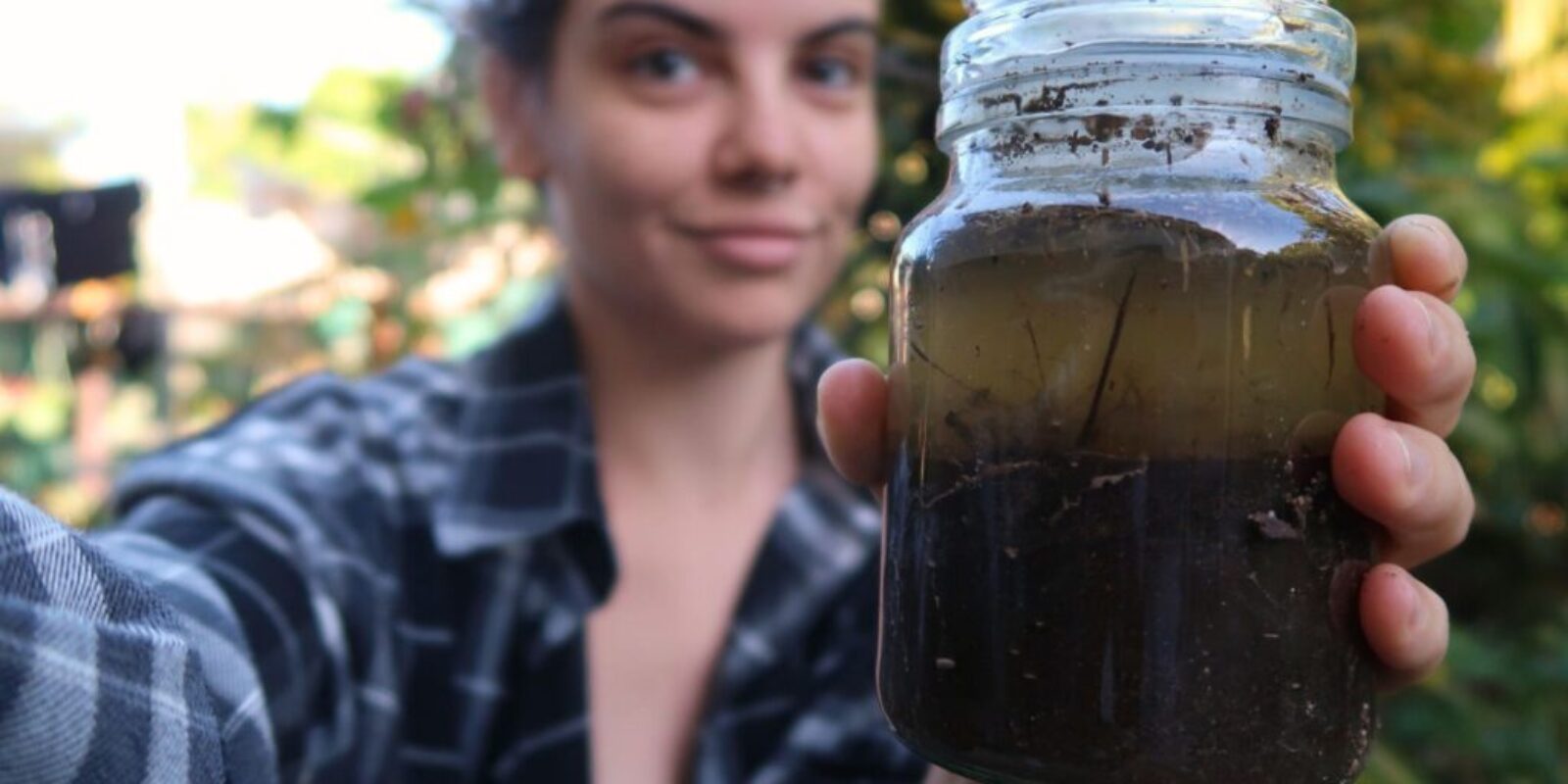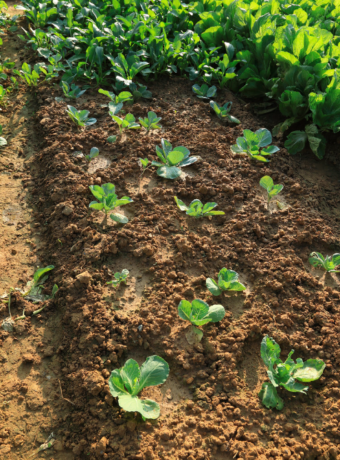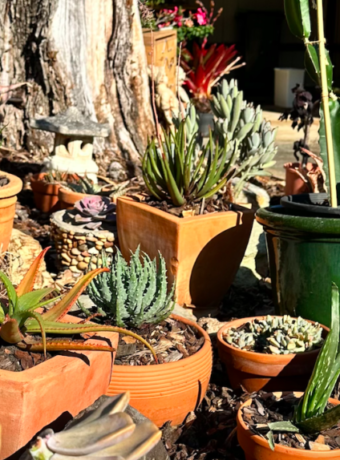Healthy soil is essential for growing healthy plants and supporting a sustainable ecosystem. Soil health can be assessed through a range of methods, including simple soil tests that can be done at home. In this blog post, we will explore three simple soil tests that can help you assess the health of your soil.
Soil texture: The Ball and Ribbon Test
The ball and ribbon test is a simple and effective way to determine the texture of soil. It is often used by gardeners, farmers, and soil scientists to assess the quality of soil and its suitability for different types of crops.
Soil texture is important because it determines how well water, air, and nutrients move through the soil. Sandy soil has large particles that allow water and air to move through quickly, but it does not hold nutrients well. Clay soil has small particles that hold water and nutrients tightly, but it can become compacted and prevent roots from growing properly. Loamy soil is a balance between the two, with a mixture of large and small particles that hold water and nutrients well while still allowing for good air and water flow.

To perform the test, take a handful of soil and add a small amount of water until it is moist enough to form a ball. Then, roll the soil between your fingers and palm to form a cylindrical shape. Finally, press the cylinder of soil between your thumb and index finger to create a ribbon of soil. The length and strength of the ribbon are indicators of the soil texture. Sandy soil will crumble easily, while clay soil will form a ribbon that is longer and stronger. Loamy soil will form a ribbon that is moderate in length and strength.

Understanding soil texture is critical for gardeners and farmers who want to choose the best crops for their soil and ensure they are getting the most out of their soil. It can also help them make decisions about soil management practices, such as adding organic matter to improve soil structure, or using specific irrigation techniques to improve water retention in sandy soils.
Soil PH: Simple pH Test
Maintaining the correct pH level is crucial for healthy plant growth. A pH test is an easy way to determine the acidity or alkalinity of your soil, and adjusting pH levels is a simple way to optimize soil conditions for your plants.
To perform a pH test, you can purchase a soil pH testing kit at your local garden center or online. Alternatively, you can use a homemade pH testing solution made of equal parts of soil and distilled water. Mix the soil and water in a container, let it sit for an hour, and then test the pH level using a pH testing kit.
The ideal pH level for most plants is between 6.0 and 7.0, although some plants may require a slightly different pH level. If your soil’s pH level is too low, it is acidic, and if it’s too high, it is alkaline.
If your soil’s pH level is too low, you can add lime to raise the pH level. Lime is available in powder or pellet form, and it should be applied according to the manufacturer’s instructions. If your soil’s pH level is too high, you can add sulfur to lower the pH level. Sulfur is also available in powder or pellet form, and it should be applied according to the manufacturer’s instructions.
Another way to adjust pH levels is by adding organic matter, such as compost, to your soil. Organic matter can help to buffer the pH level, making it more stable and easier to maintain over time.
It’s important to note that adjusting pH levels takes time and patience, and it’s best to make gradual adjustments over time rather than trying to make a sudden change. It’s also a good idea to retest your soil’s pH level periodically to ensure that it remains in the optimal range for your plants.
Soil Structure: The Jar Test
Soil structure is another important indicator of soil health, as it can affect the soil’s water-holding capacity, aeration, and nutrient availability. By understanding the proportion of sand, silt, and clay in your soil, you can make informed decisions about soil management and plant selection.
To perform a jar test, you’ll need a clean jar with a lid, soil samples from different parts of your garden, and water. Fill the jar about a third of the way with soil, then fill the jar with water until it’s almost full. Shake the jar vigorously for several minutes, then set it down and let it settle for at least 12 hours. After the soil has settled, you’ll see different layers in the jar. The top layer is organic matter, followed by a layer of clay, silt, and sand. The thickness and composition of each layer can help you determine your soil’s texture and quality.

If your soil has too much sand, it may not hold enough water or nutrients, leading to dry or nutrient-depleted soil. On the other hand, soil with too much clay can become waterlogged, leading to root rot and other issues.
The ideal soil texture is loamy, which is a balance of sand, silt, and clay. Loamy soil is ideal for most plants, as it provides good drainage and moisture retention, as well as nutrients for plant growth.
If your soil doesn’t have the ideal structure, you can improve it by adding organic matter such as compost, peat moss, or manure. These materials can help improve the texture of the soil and provide nutrients for plant growth.



